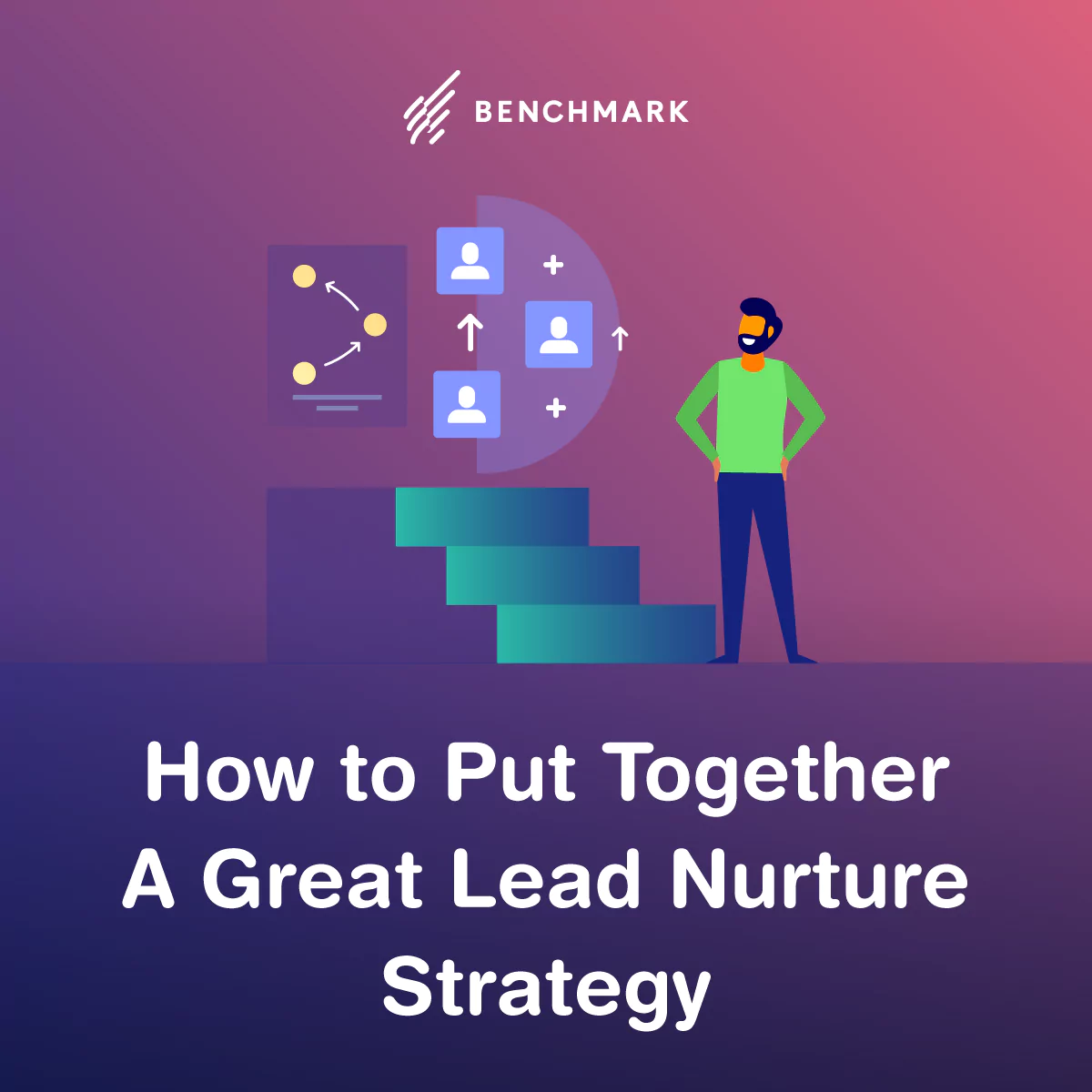
What you do with your leads once you’ve got them is just as crucial as generating leads in the first place. Having an effective and well-rounded lead nurture strategy will help you do that and ensure that all that hard work you put into lead generation doesn’t waste.
Small business marketing teams have to make sure resources are designated for the right place to stretch every dollar to its max. And with lead generation being one of the more (if not the most) costly of all marketing endeavors, it makes sense to prioritize lead nurturing so that you can make the most of the money you’ve already spent. In this article, we’ll discuss what lead nurturing is, tips for effective lead nurture, and how to put together a successful lead nurture strategy.

What is Lead Nurturing?
Lead nurturing refers to all of the things that you do to engage with your leads and move them further along the funnel. The process is often automated, meaning that messages are targeted to leads in distinct stages of the buyer’s journey. When done effectively, it provides leads with the right information at the right time, building and strengthening relationships that can turn a new lead into a customer and brand loyalist.
Lead Nurturing Tips
Every company’s lead nurturing strategy is probably going to look a little bit different, but there are certain underlying guidelines that you’ll definitely need to follow if you want to make an impact.
- Personalize. It’s essential that you make personalization a priority with your lead nurturing content. When you personalize content, you build a stronger bond with each lead, answering the questions they have and providing information that’s already been optimized for where they’re at in the journey.
- Consider the buyer’s journey. Effective lead nurturing requires that you put the buyer’s journey front and center. This connects to another major tip, which is that you need to segment your outreach. When you know where people are in their journey, along with other qualifying information, you can create lists and put people in the same stages, industries, knowledge levels, etc., in the same list. Then you can send the applicable content to each of those segmented lists.
- Don’t come on too strong. Valuable consumer-brand relationships can’t be forced. Lead nurturing is often a slow process, with the best rewards coming from sustained connections and not from a constant barrage of messaging aimed at converting as soon as possible.
How To Build Your Lead Nurture Strategy
Great marketing starts with a great strategy. Make sure to incorporate each of these key features into your lead nurture strategy so that you can (hopefully) win more than you lose.
1. Create Content Based on Consumer Needs
The content you send out should always be relevant to its recipients, so bring sales and marketing together to get the job done right. Your sales team will be able to inform your marketing team on what specific consumer pain points are experienced at each stage of the funnel so you can create and send the right content to fuel your campaigns.
2. Use Marketing Automation Software
Don’t make lead nurturing harder than it has to be. Utilize automated marketing software with CRM and email marketing capabilities to streamline your lead nurturing for efficiency and the best possible outreach.
3. Establish a Lead Scoring Strategy
Make sure you can easily score your leads based on the actions they take on-site, as well as the content they download and the industry and/or profession that they’re in. This will help you easily understand where they are in their journey and to segment them for personalized outreach more easily.
4. Map Out Your Emails
Figure out what your messaging should look like for each piece of your nurture outreach, as well as how your messaging should work as a whole. You want the path to be clear and concise if it’s going to move your prospects through the funnel. Your email drip campaigns should build and, over time, lead to a more educated lead that’s ready to make a purchase decision.
5. Establish a Cadence
Remember, you don’t want to overdo it on outreach. Determine the best time to send your emails, and don’t send too many too close together. You want to stay top of mind with your leads but, don’t want to make them feel hounded or inundated with your messages.
6. Track Analytics
Once your emails are out there, it’s critical to monitor their performance. Keep an eye on your email metrics, like click-through rates, open rates, finish rates, conversion rates, and response rates. These will tell you if your emails are doing what you want them to do. Also, look at what leads are doing on your site and track their behavior to get an idea of how interested they are in your product or service.
7. Adjust As Needed
Use the metrics mentioned above to make sure your nurture strategy is delivering — or to see if you need to make changes. Over time, some landing pages may be performing better than others or may benefit from new content. Be prepared to adjust your nurture campaigns to incorporate fresh, high-performing content as it’s being created and measured.
Nurture now, benefit later. Follow the advice above when creating your strategy and then bolster it with great content for lead nurturing that performs how you want — and need — it to.



